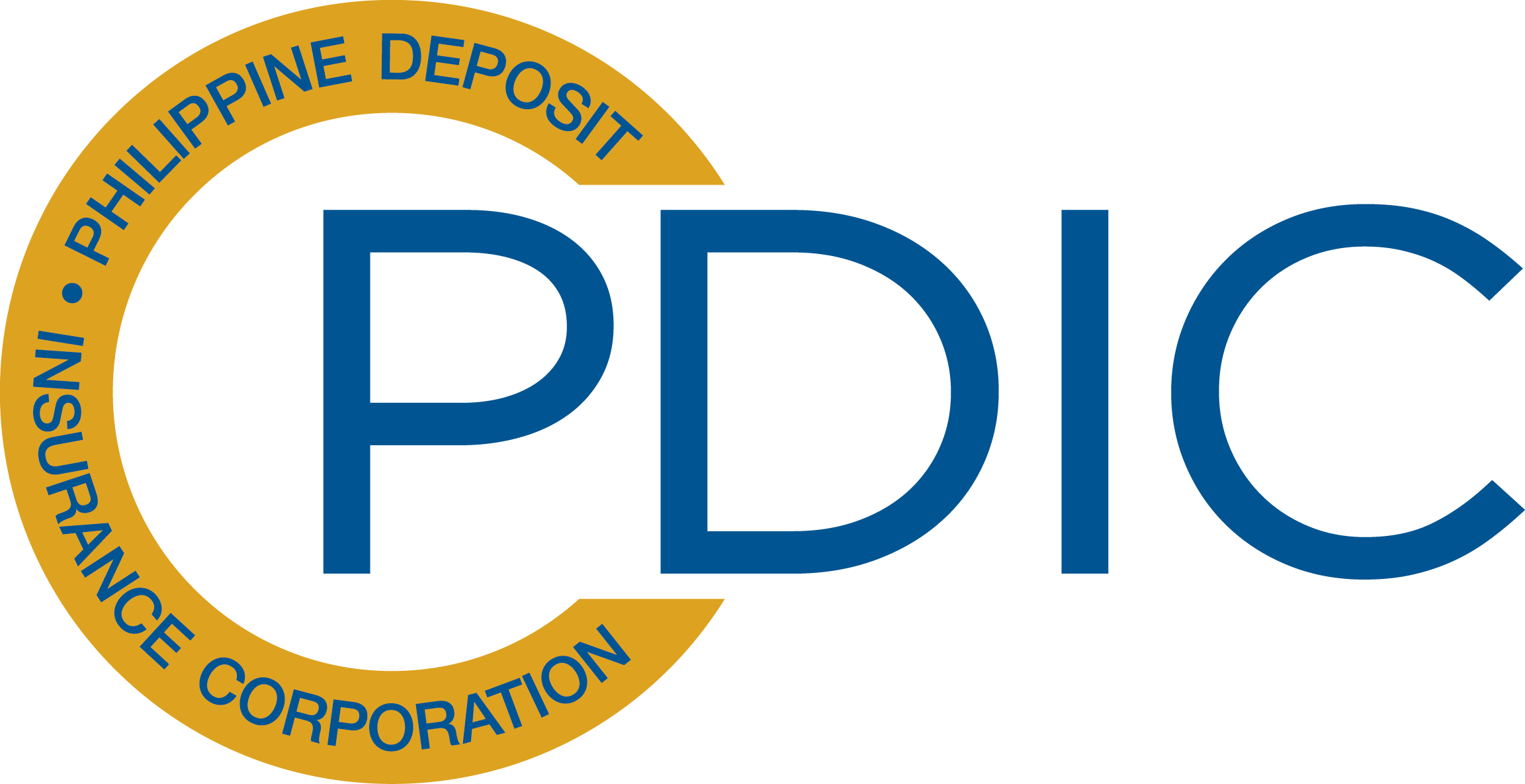| ARCHIVE |
Negative real interest yields and the cost of capital |

THE low-interest and low-inflation environment that generally exists among the world’s market-oriented economies today has implications on the cost of capital and investments. Lower interest rates mean lower cost of borrowings and, therefore, lower cost of capital. This should generally be good for business expansion and this is why monetary authorities around the world have kept interest rates low. This is to counteract the recessionary trends that have been lurking since the credit crisis of 2008 and the current euro-zone crisis. The inflation rate has also been relatively low in the past years, enabling the authorities to keep interest rates low, with space to even further lower it. In the United States the fiscal and monetary authorities have combined their fiscal and monetary tools to pursue the so-called quantitative easing, a strategy to perk up the economy and reduce the unemployment rate. The low-interest and low-inflation environment has resulted in what economists call a negative real interest yield situation. The real interest rate is determined by deducting the inflation rate from the interest rate. In the table below, one can see that the annual rate of inflation in the Philippines is more than the yield on the government-issued 91-day Treasury bills and with just a small positive differential between the cost of 10-year government-issued T-notes (FXTN) and inflation rates in January and December 2012. The yields on both the 91-day and 10-year issues have both dropped this year. In the case of the United States, there are negative real yields on both its short-term T-bills and 10-year Treasury issues. Under a low-interest and low-inflation scenario, the tendency of business and entrepreneurs would be to expand capacity because of the low cost of capital. But there is another concern for businessmen and investors, and this is the expected growth in the markets for their products and services. This is a factor influenced by other things such as the domestic- and export-market situation, as well as the political stability situation in different countries and regional markets. Negative interest yields and the cost of capital
Capital gains in bonds and stocks IN spite of the low interest yield on fixed-income instruments, investors still have the opportunity to realize capital gains and increase the total yield on their bond investments. For instance, the movement in the yield of the 10-year Philippine FXTN from 5.3815 percent to 4.3932 percent is a full percentage point and this implies capital gains of about 10 percentage points, i.e., a 1-percent gain in yield multiplied by 10 years. This drop in yield on the 10-year FXTN comes from a combination of related factors: foreign and domestic demand for the instrument; the decrease in risk perception of the instrument assisted by credit upgrades; and alignment with the easing of interest in the major economic powers, which also eases upward pressure on the peso exchange rate. Investors in the stock market are the main beneficiaries of a benign interest and economic environment. The Philippine Stock Market Index rose by over 30 percent this year, while the all-shares index went up by 21 percent. One must remember, however, that a low-interest and low-inflation regime is not a fixed formula for a stock-market boom and economic growth. The fundamentals of sustained growth must be underpinning the growth. Otherwise, it will just be a matter of investors’ perception, which can change rather quickly. In the case of the United States, the Dow Jones Index moved up only by about 10 percent over the past year, in spite of even lower interest and inflation rates because of other investor concerns. ____________________________________________________________________________________________________________ * Written by PDIC President Valentin A. Araneta for Free Enterprise and published in the Businessmirror on December 26, 2012. Mr. Araneta writes for the Free Enterprise column as a member and officer of the Financial Executives of the Philippines (Finex). Requests for his past articles may be coursed through ccd@pdic.gov.ph. |
back |
This website uses information-gathering tools including cookies and other similar technology. Data generated are not shared with any other party. For more information, please refer to our privacy policy.
 PDIC is a government instrumentality created in 1963
PDIC is a government instrumentality created in 1963by virtue of Republic Act 3591, as amended, to insure
the deposits of all banks. PDIC exists to protect
depositors by providing deposit insurance coverage for the depositing public and help promote financial stability. PDIC is an attached agency of the Bangko Sentral ng Pilipinas.

Questions? Need Help?
Click Frequently Asked Questions
Trunkline.: (632) 8841-4000
Hotline: (632) 8841-4141
(for Metro Manila clients)
Fax No.: (632) 8841-4085
Email: pad@pdic.gov.ph
Client outside Metro Manila may call
Toll Free: 1-800-1-888-7342 or
1-800-1-888-PDIC

.png?Sunday; May 19, 2024)

Hotline: (632) 8841-4141
(for Metro Manila clients)
Fax No.: (632) 8841-4085
Email: pad@pdic.gov.ph
Client outside Metro Manila may call
Toll Free: 1-800-1-888-7342 or
1-800-1-888-PDIC

.jpeg)
.png)



